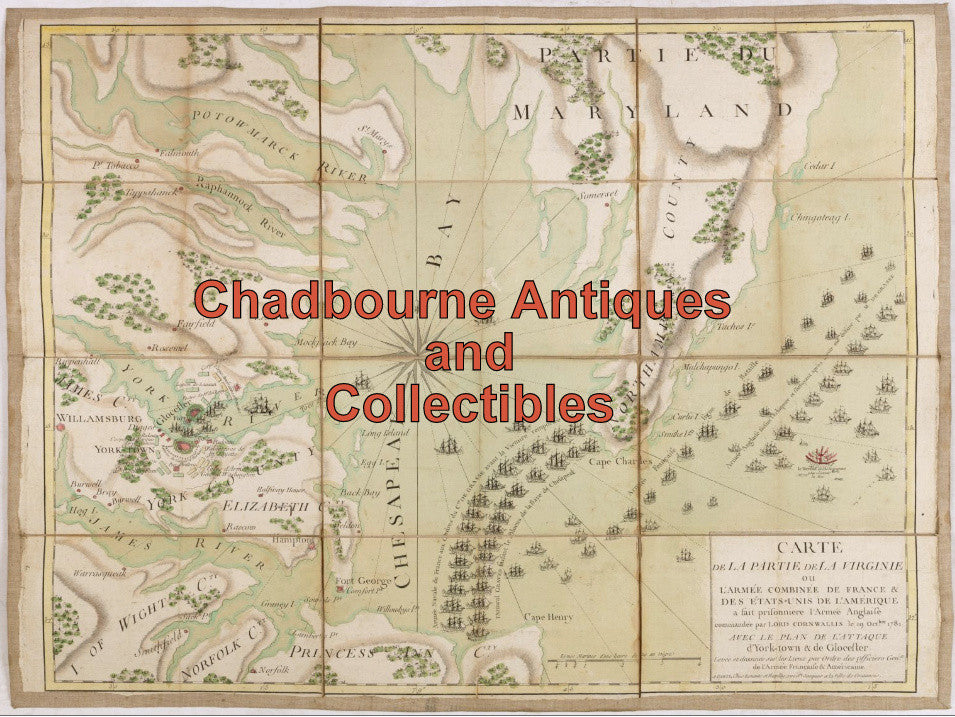$40.00 CAD
| /
Great photo postcard of Hotel Prospect in downtown of the silver mining boomtown of Cobalt Ontario. It burned down in 1913.
Long line of men standing on outdoor porch of the Prospect Hotel. In front of the hotel, there are no permanent sidewalk yet, so a wooden walkway is used to access the Hotel and beyond.
To the right is building with sign ‘Bank of Ottaw(a)’.
To the left, dirt roads and in background building with sign on side ‘THE BAZAAR Office Supplies Stationary Magazines Books Fancy Goods TOYS AND GAMES” and beyond that building with ‘Cobalt HARDWARE Company‘.
In the left backeround, headframe of the Coniagas mine.
Text on back:
Postmarked ‘COBALT PM JUL 31 08 ONT.’ on 2 cent King Edward XVII stamp, and mailed to Parry Sound Ont.
(Red text is an electronic watermark that is not physically part of the photo for sale)
The Cobalt silver rush started in 1903 when huge veins of silver were discovered by workers on the Temiskaming and Northern Ontario Railway (T&NO) near the Mile 103 post. By 1905 a full-scale silver rush was underway, and the town of Cobalt, Ontario sprang up to serve as its hub. By 1908 Cobalt produced 9% of the world's silver, and in 1911 produced 31,507,791 ounces of silver. However, the good ore ran out fairly rapidly, and most of the mines were closed by the 1930s. There were several small revivals over the years, notably in World War II and again in the 1950s, but both petered out and today there is no active mining in the area. In total, the Cobalt area mines produced 460 million ounces of silver.
The Cobalt Rush was instrumental in opening northern Ontario for mineral exploration. Prospectors fanned out from Cobalt, and soon caused the nearby Porcupine Gold Rush in 1909, and the Kirkland Lake Gold Rush of 1912. Much of the settlement in northern Ontario outside the Clay Belt owes its existence indirectly to the Cobalt Rush.
WIKIPEDIA
